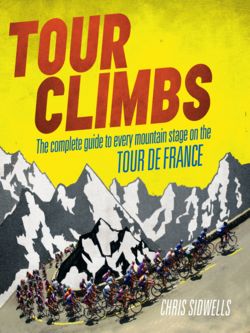Читать книгу Tour Climbs: The complete guide to every mountain stage on the Tour de France - Chris Sidwells - Страница 6
The Tour de France ‘ITS MEN AND ITS MOUNTAINS’
ОглавлениеThe Tour de France is a stretch of anyone’s imagination. It is the biggest annual sporting event in the world; 15 million spectators line the road to watch it pass by, while many more sit glued to a thousand hours of television beamed during its three weeks to all four corners of the world. The Tour is long and gruelling, its course is spectacular, its infrastructure huge. And mountain climbs have been part of the Tour de France almost since it began.
The race was born out of a turn of the twentieth century battle to increase newspaper circulation. Count de Dion was the fiery tempered owner of a magazine called Le Velo, but when its editor criticised De Dion’s stance over the Dreyfuss Affair, a case that rocked France where a Jewish army officer was wrongly accused of spying, he withdrew his cash and set up a new magazine that he called L’Auto.
Bicycle racing had been going in France since 1867, encouraged by manufacturers who set up works teams to compete in long races that were the perfect stage on which to demonstrate the durability of their machines. Something about the struggle that competitors had with the elements, and the speed with which they ate kilometre after kilometre of dreadful roads, struck a chord with French people, and the sport became hugely popular.
It’s no surprise then that the editor of a new sports magazine should turn to bike racing as a way of boosting his sales figures. And even less of a surprise given that the editor of L’Auto, Henri Desgrange, had been a professional racer in his youth.
However, although he is known as the ‘Father of the Tour’, it wasn’t Desgrange who first thought up the Tour de France. That was L’Auto’s chief cycling reporter, Geo Lefevre who had the mad idea of a bike race around the whole of France, and at first Desgrange was reluctant.
There were a lot of long races already in existence. ‘Paris–Brest–Paris’ for example, a trip of well over 1000 kilometres in one go from the French capital to the tip of the Breton peninsula and back again. But this? The race Lefevre was planning was 2500 kilometres long and would take its competitors to all six corners of France. As well as a sporting challenge it was a going to be a logistics nightmare.
